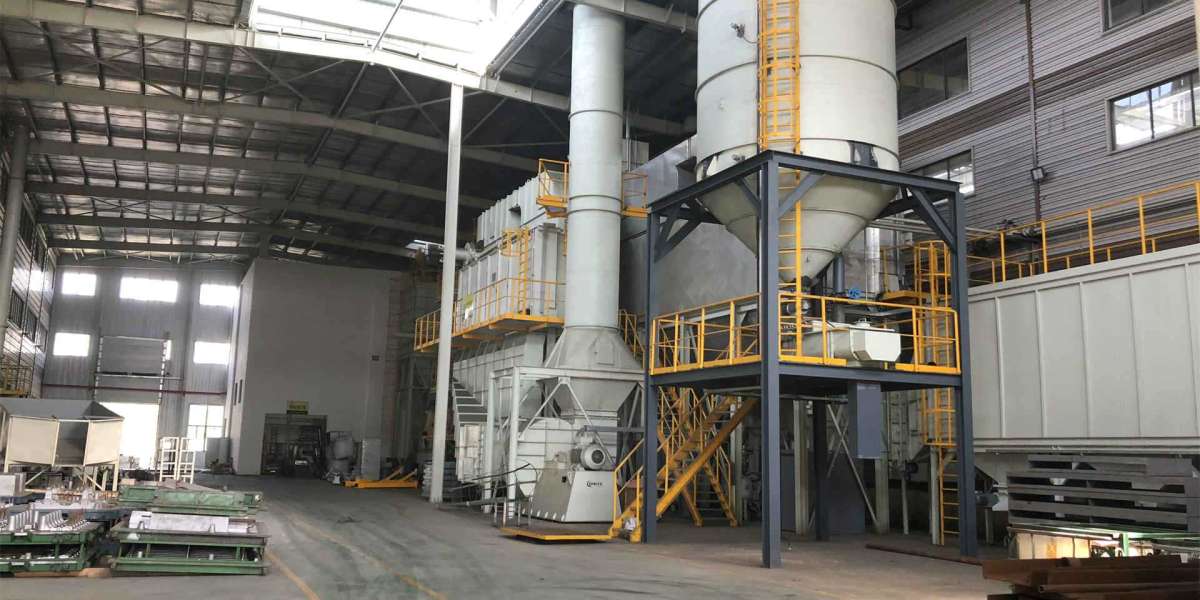Rapid tooling, also known as rapid prototyping or additive manufacturing, has revolutionized the manufacturing industry in recent years. This innovative technique allows for the quick and cost-effective production of prototypes and functional parts, providing numerous advantages to various industries.
Enhancing Product Development
One of the key advantages of rapid tooling is its ability to enhance product development processes. Traditional manufacturing methods often involve lengthy and expensive tooling processes, which can significantly delay the product development cycle. With rapid tooling, companies can quickly produce prototypes and iterate on designs, reducing time-to-market and allowing for faster innovation.
For example, in the automotive industry, rapid tooling enables manufacturers to create functional prototypes of new car parts within days, allowing for thorough testing and evaluation before committing to mass production. This not only speeds up the development process but also helps identify and address any design flaws early on, saving both time and resources.
Cost Savings
Rapid tooling offers significant cost savings compared to traditional manufacturing methods. By eliminating the need for expensive tooling equipment and reducing material waste, companies can produce parts at a fraction of the cost. This is particularly beneficial for small and medium-sized enterprises (SMEs) that may have limited budgets for product development.
Furthermore, rapid tooling allows for on-demand production, eliminating the need for large-scale inventory storage. Companies can produce parts as needed, reducing inventory costs and minimizing the risk of obsolete stock. This flexibility also enables customization and personalization, catering to individual customer needs without incurring additional expenses.
Accelerating Time-to-Market
In today's fast-paced business environment, time-to-market is crucial for staying competitive. Rapid tooling enables companies to accelerate their product development cycles, allowing them to bring new products to market faster than ever before.
For instance, in the consumer electronics industry, where product lifecycles are short, rapid tooling enables manufacturers to quickly prototype and produce new devices. This agility allows companies to capitalize on market trends and consumer demands, gaining a competitive edge.
Facilitating Design Iteration
Rapid tooling facilitates design iteration by enabling quick and cost-effective modifications to prototypes. Traditional manufacturing methods often require significant time and resources to make design changes, leading to delays and increased costs.
With rapid tooling, designers can easily modify digital models and produce updated prototypes within hours or days. This iterative process allows for continuous improvement and refinement of designs, ensuring that the final product meets the desired specifications.
For example, in the aerospace industry, rapid tooling enables engineers to iterate on complex components, such as turbine blades, to optimize performance and efficiency. By quickly testing and refining designs, manufacturers can achieve better results and reduce the time required for product development.
In conclusion, rapid tooling offers numerous advantages to various industries, including enhanced product development, cost savings, accelerated time-to-market, and facilitated design iteration. This innovative technique has revolutionized the manufacturing landscape, enabling companies to stay competitive in today's fast-paced business environment. By embracing rapid tooling, businesses can unlock new opportunities for innovation and growth.








